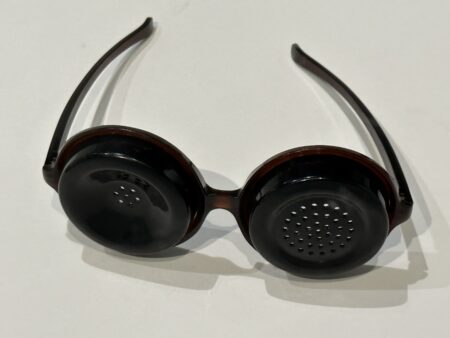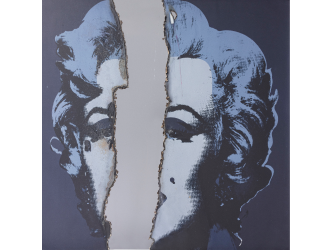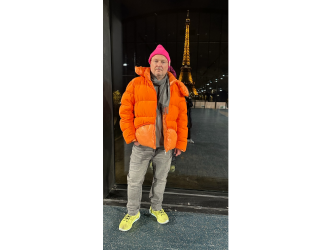Forms of sounds
What forms can we give to sounds? It’s a strange question, but it was posed in the early 20th century by major artists such as Paul Klee and Wassily Kandinsky. In our current age there is another artist, the Swiss American who lives in London Christian Marclay (born in 1955), who is driven by the same quest. The Centre Pompidou is staging a large-scale exhibition of his work with the air of a retrospective, comprising 230 artworks.
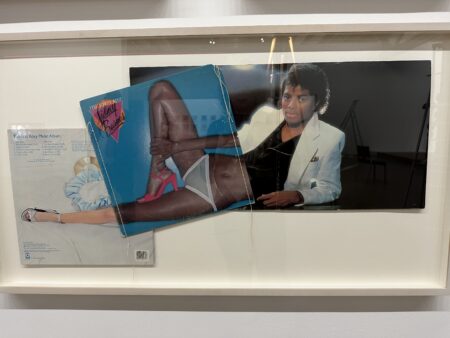
Between Kandinsky, Warhol and Duchamp
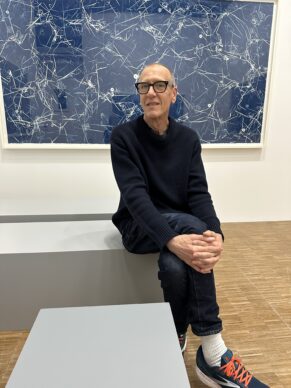
We could describe Marclay as a cross between Kandinsky, for the place given to music, Warhol, for his love of pop culture, and above all Duchamp, for his intensive use of the readymade. He has made, for example, a product directly derived from the latter’s work in the form of a cushion crocheted using cassette tapes of Beatles songs. This is an ambivalent object that tells the story of how an avant-garde pop group ended up being featured in elevator music playlists.
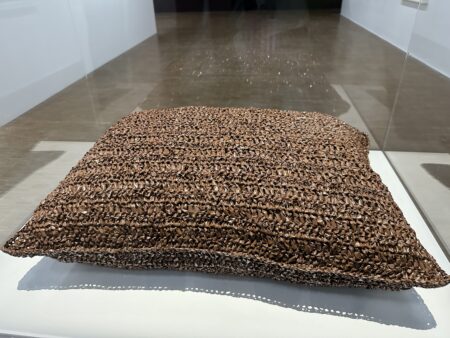
The Clock
Marclay is best known by the wider public for an artwork that has overshadowed the rest of his oeuvre and, as a result, is not featured in this exhibition. In 2010 he released The Clock, a film projected onto a giant screen that runs for 24 hours and shows a series of sequences of disparate actions, each depicting images of clocks indicating the chronological progress in real time. “It needs a large room, one that is not a cinema, because the spectators must be able to enter and leave freely, but also a 24-hour projector. It’s a secondary work for me. It ended up becoming a sort of burden,” explains the artist, who works with video but refused to do a video interview.
Montages, collages, assemblages
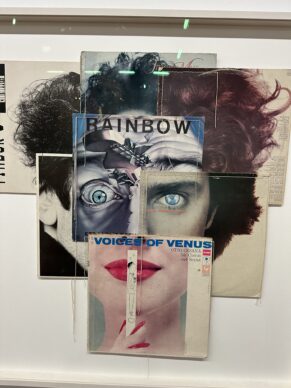
So let’s move on to the exhibition. Marclay excels in an astounding way in all of his films, which consist of montages that take inspiration from segments from other films. He is an artist who collects, who creates through collage and assemblages. Since 1995, with Telephone, he has foreshadowed our practice of channel-hopping. “I was looking through the cinema of actions and sounds from which to create a musical composition, like a DJ, but with sound images.” It reminds me of Phoney, an Andy Warhol movie of 1973 made of dialogue of his friends speaking on the phone.
Telephones
Using this perpetual changing of the protagonist, we jump from place to place and era to era. We are suspended in this plot without end, which never substantially evolves. Telephones is made up of a series of clips of characters holding a receiver or picking up a ringing phone.
Video quartet
Then there is the grandiose “Video quartet”, a piece composed of four large screens in a line, each of them playing different musical moments of films simultaneously. It is a strangely harmonious cacophony. The artist recounted in the catalogue to Jean-Pierre Criqui, the curator of the exhibition, a childhood memory of his piano lessons, which seems to echo this experience: “I remember there was a row of practice rooms with a piano in each one and when I walked past I could hear, behind the closed doors, the sound of all these pianos playing together as I walked. I also remember the great pleasure I felt wandering down this corridor.”
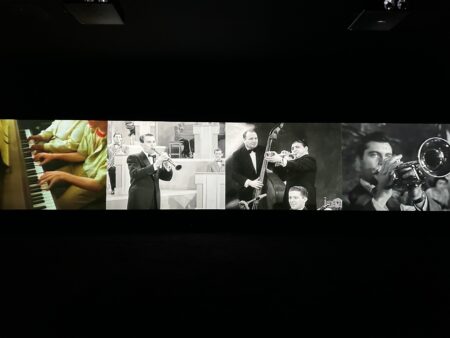
Doors
His newest addition is Doors, a film composed of a series of actresses and actors being filmed while walking through doors. He talks about the making of this laborious operation, which took him ten years: “To create an effect of continuity, a certain fluidity, I have to find a rhythm. It’s a sort of labyrinth, a mental architecture in which these figures lose themselves and find themselves again too. I make them reappear several times over.” And as usual with Christian Marclay, the effect is hypnotic.
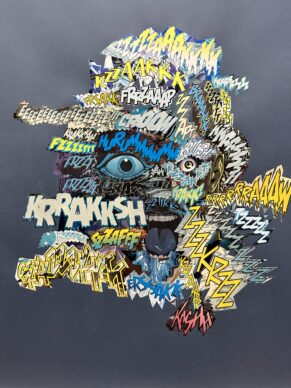
It takes some time to visit seriously this exhibition.
Donating=Supporting

Support independent news on art.
Your contribution : Make a monthly commitment to support JB Reports or a one off contribution as and when you feel like it. Choose the option that suits you best.
Need to cancel a recurring donation? Please go here.
The donation is considered to be a subscription for a fee set by the donor and for a duration also set by the donor.

